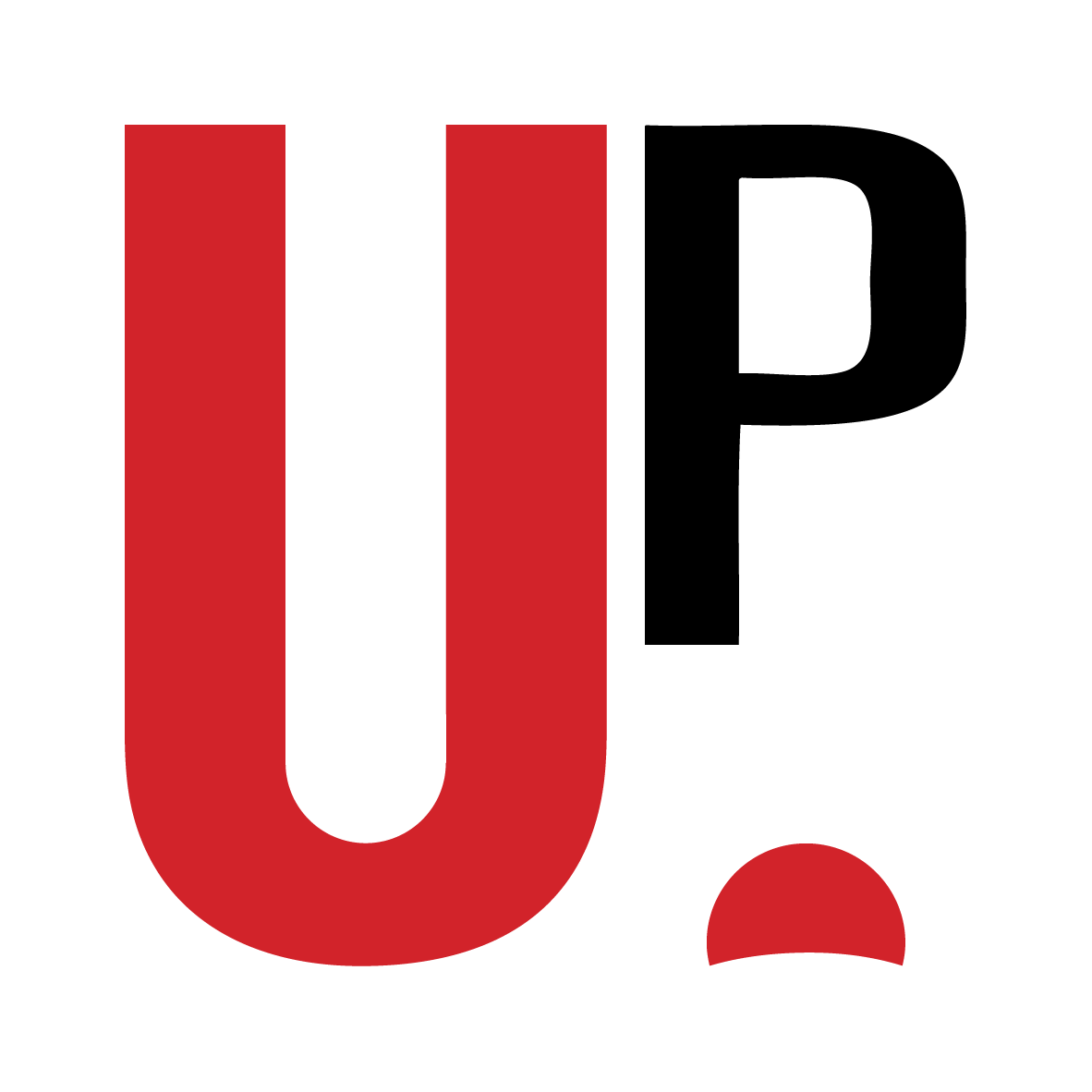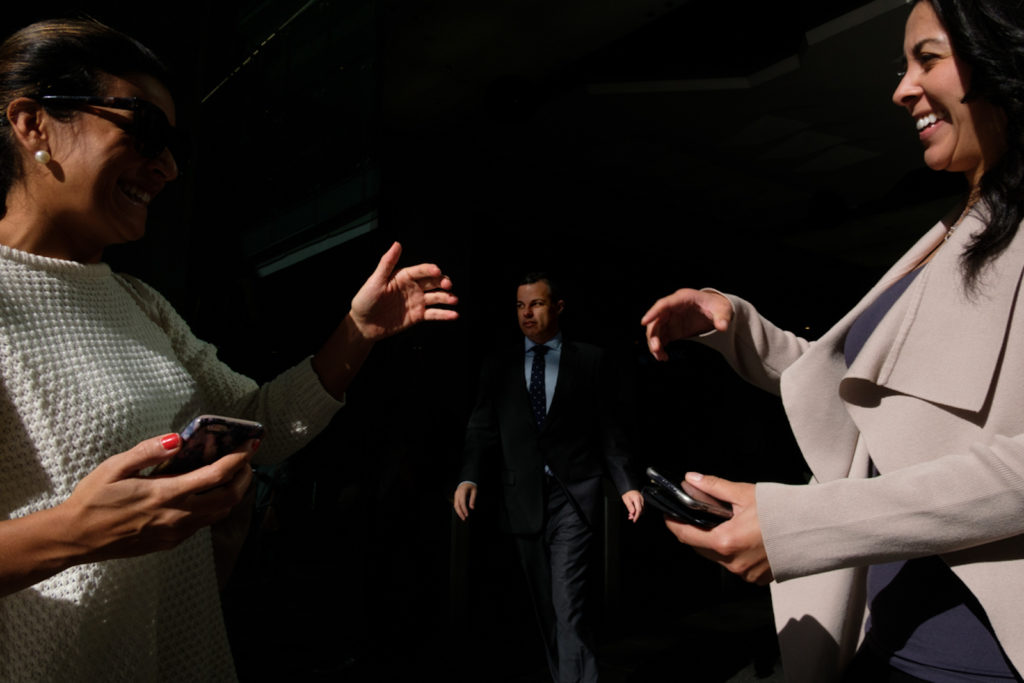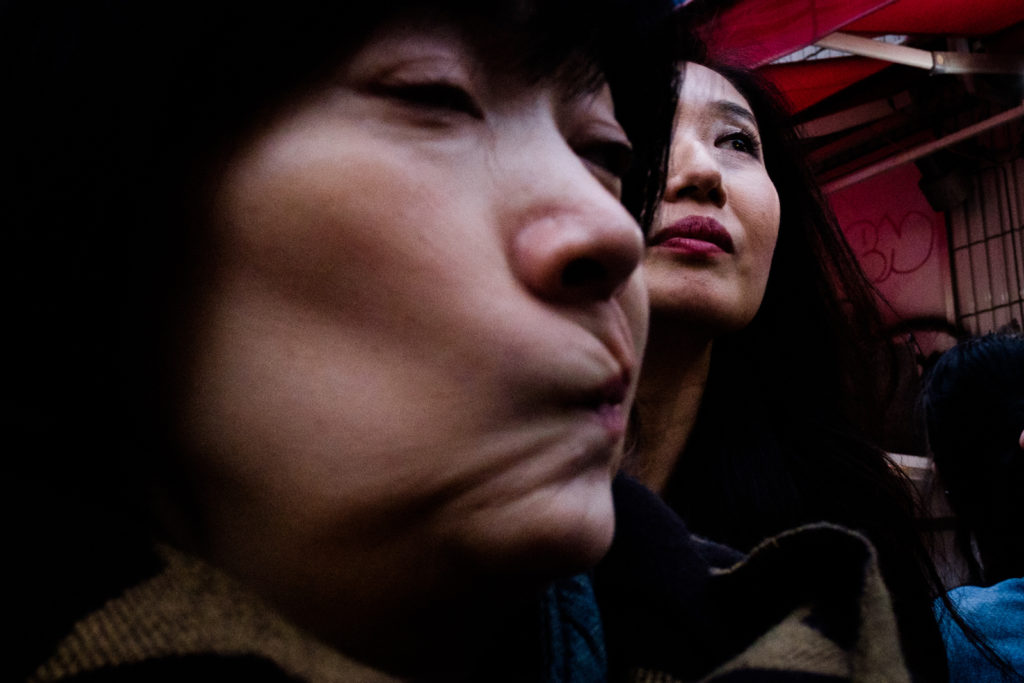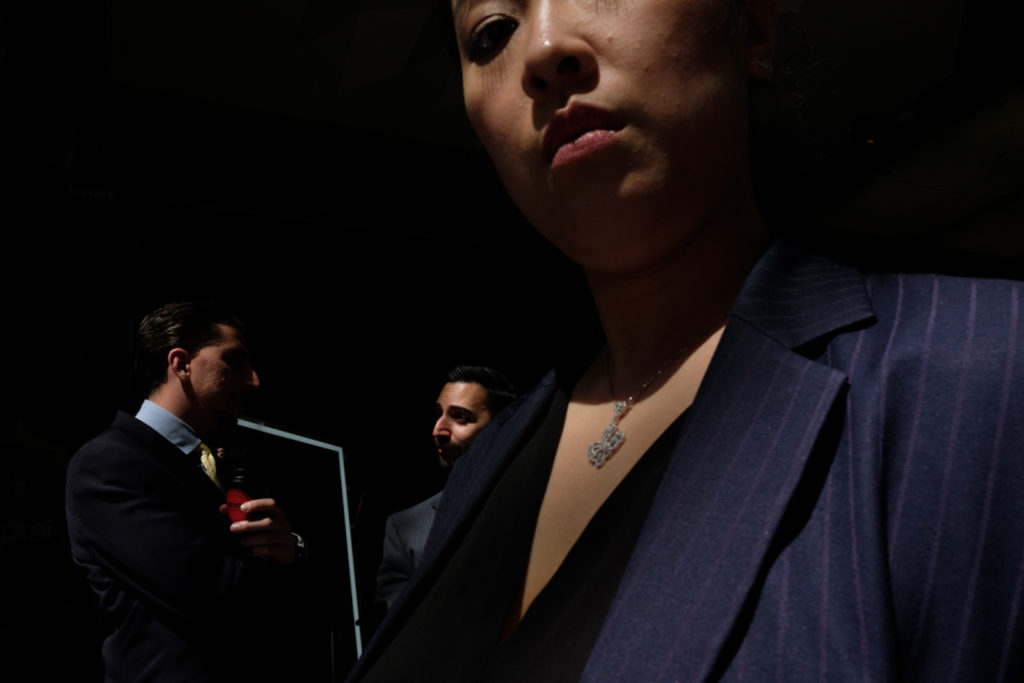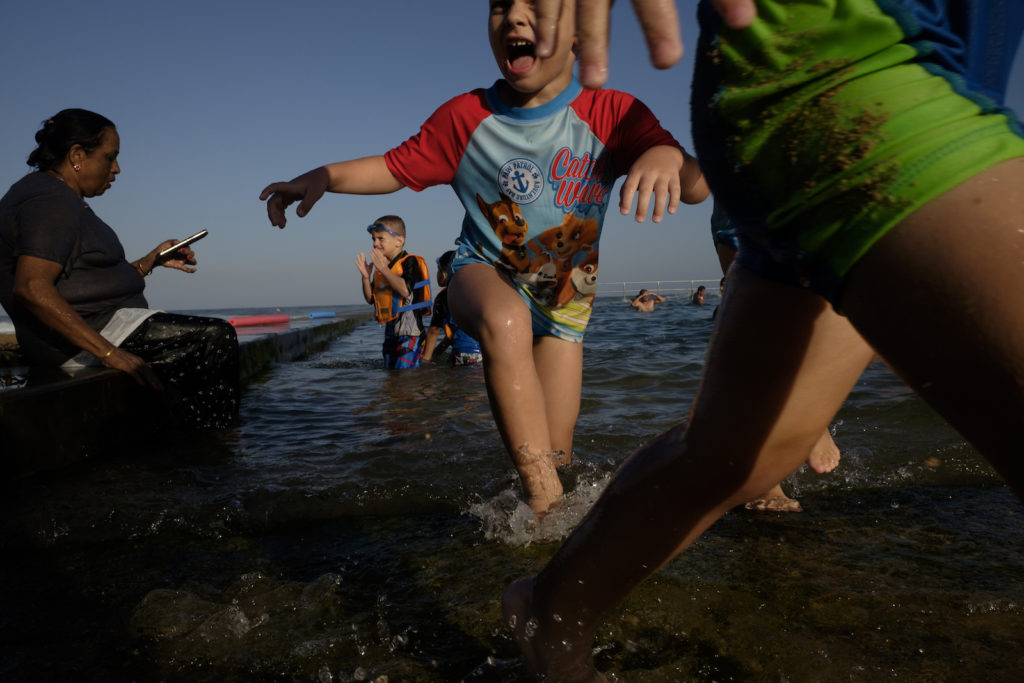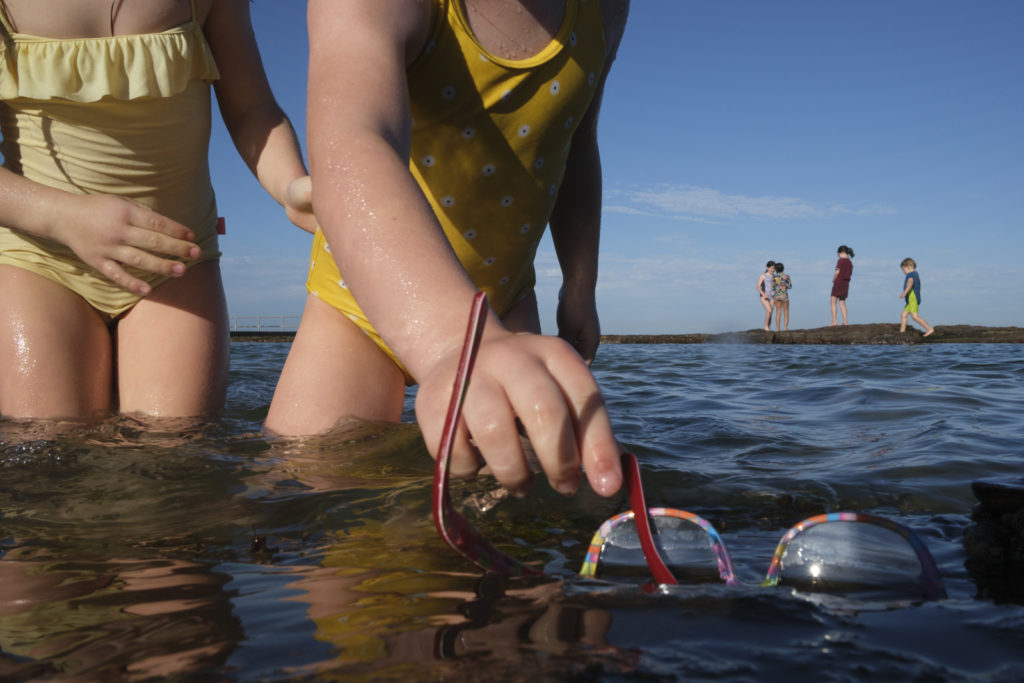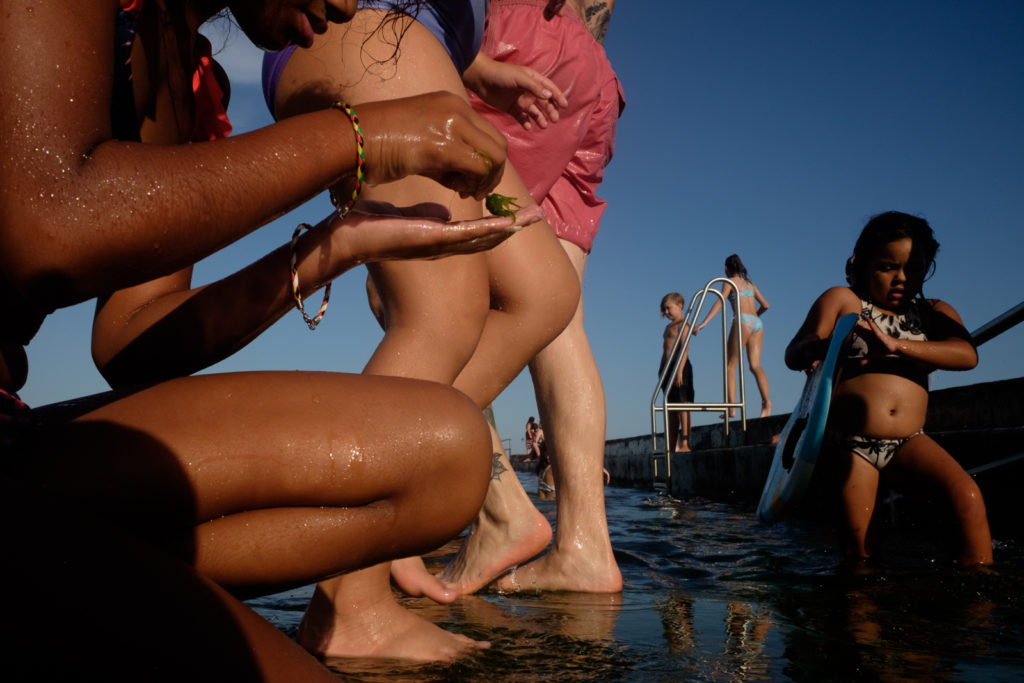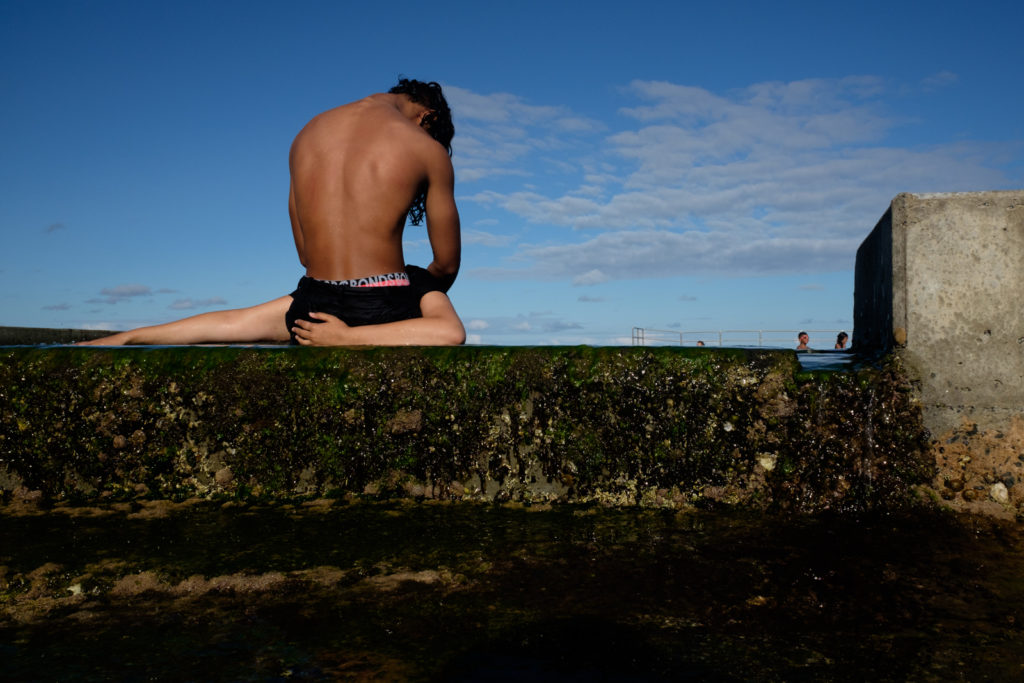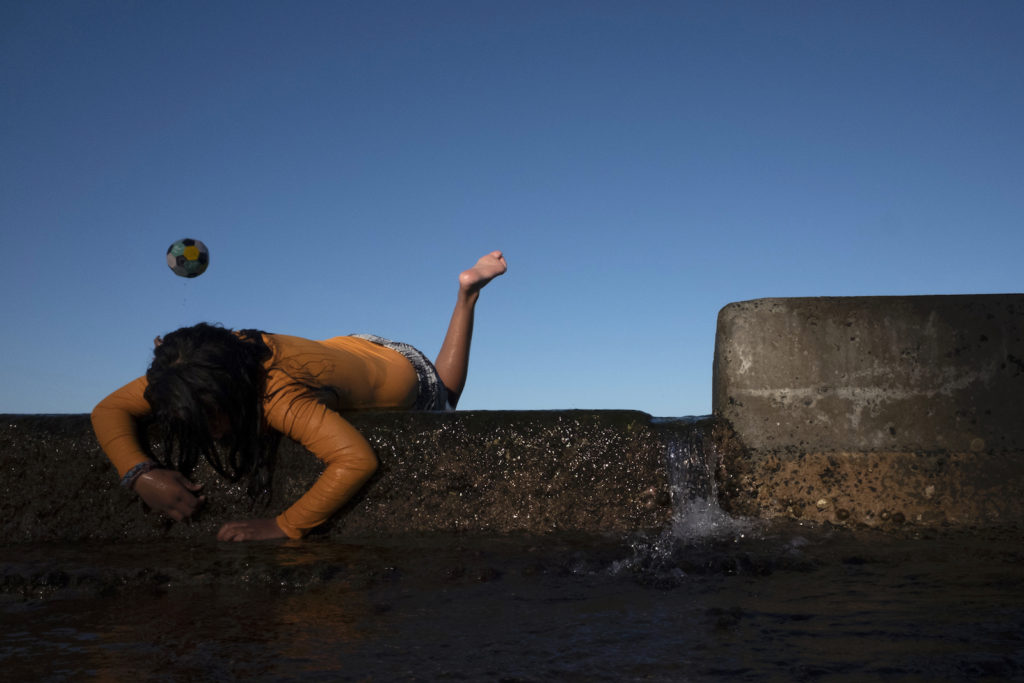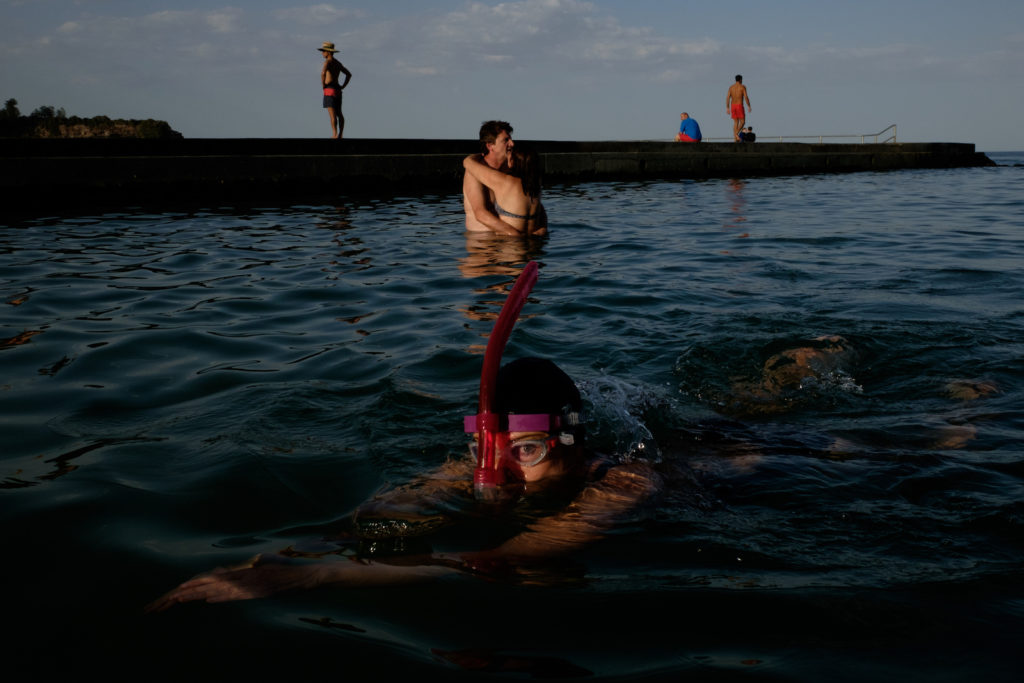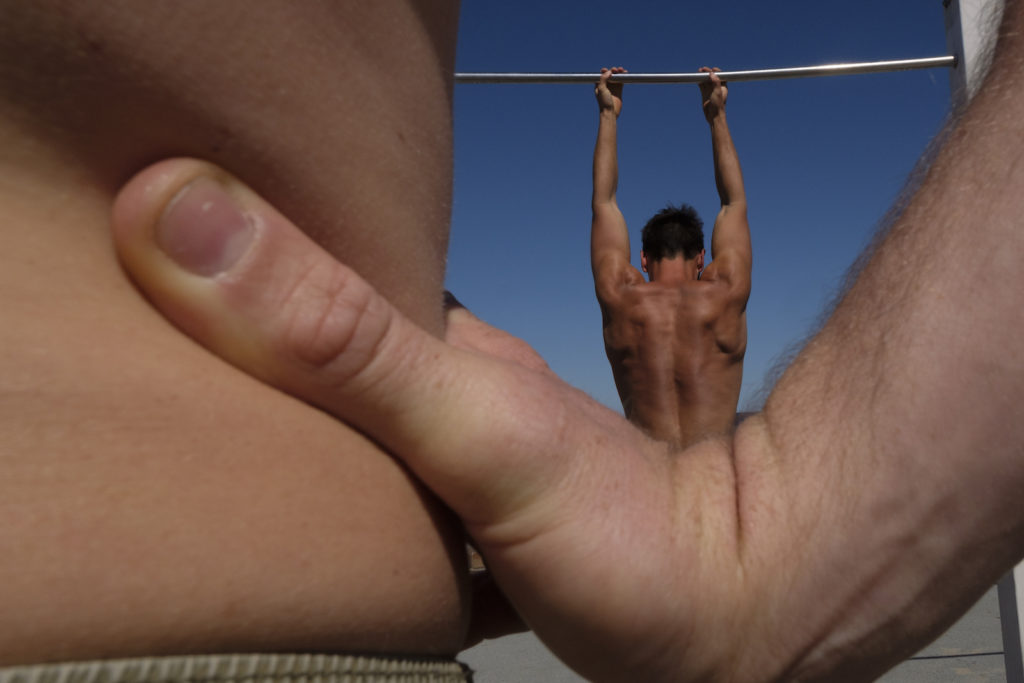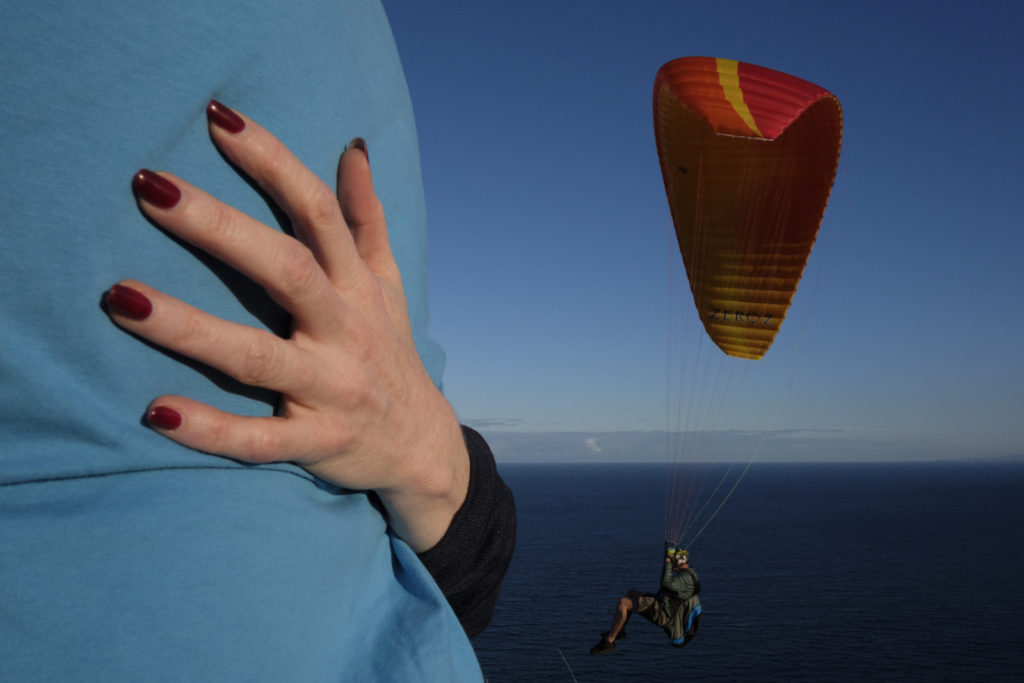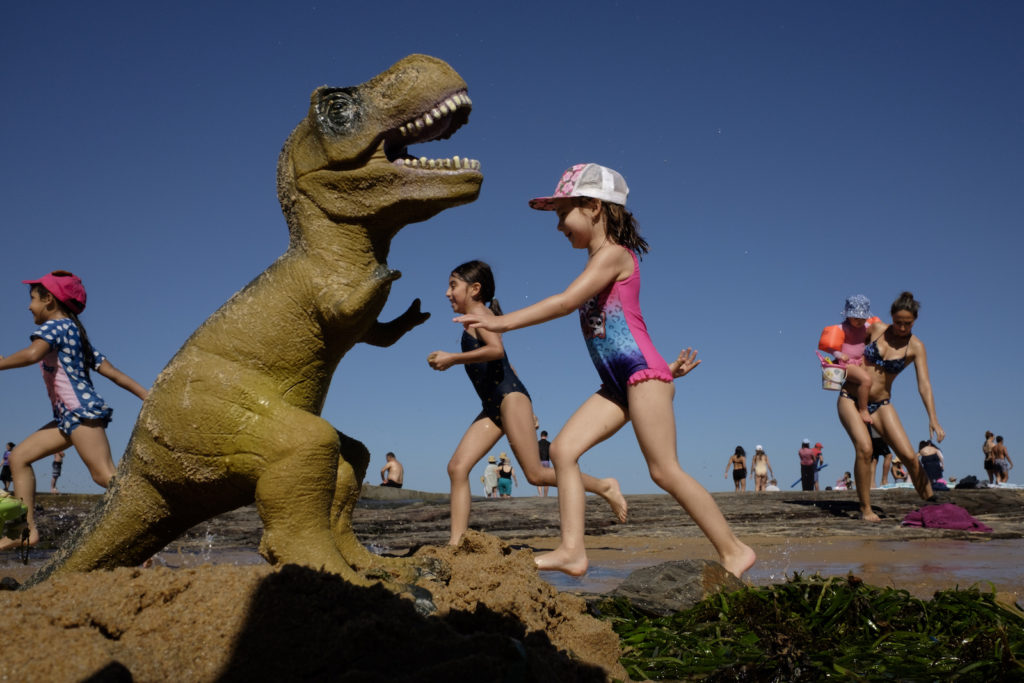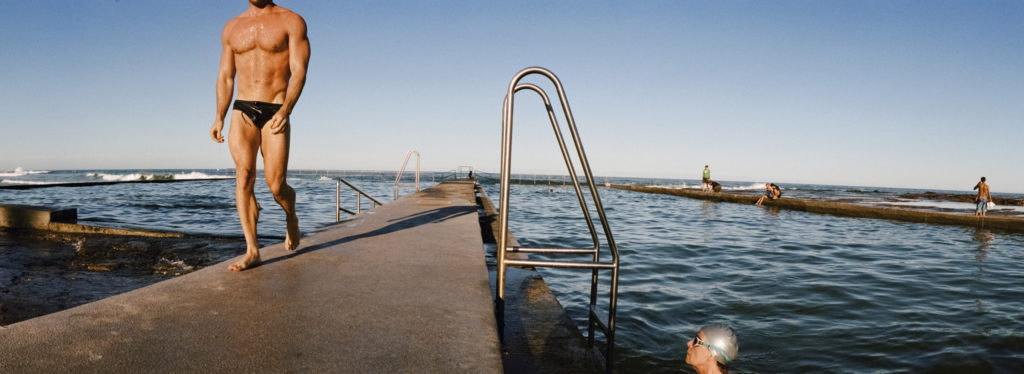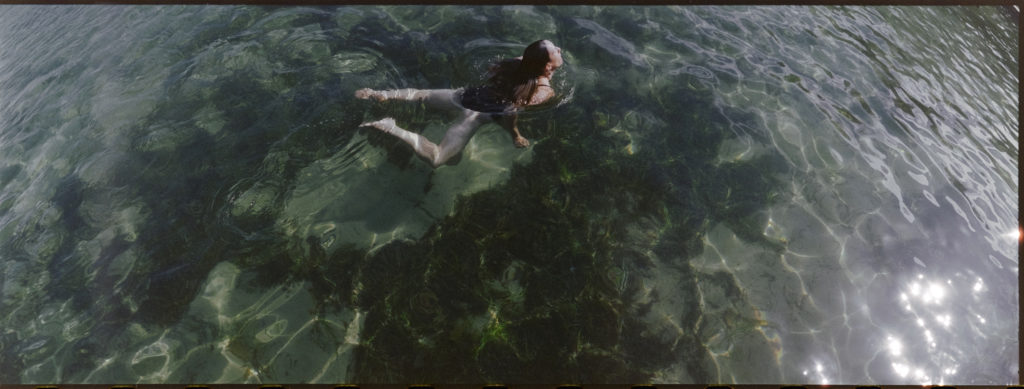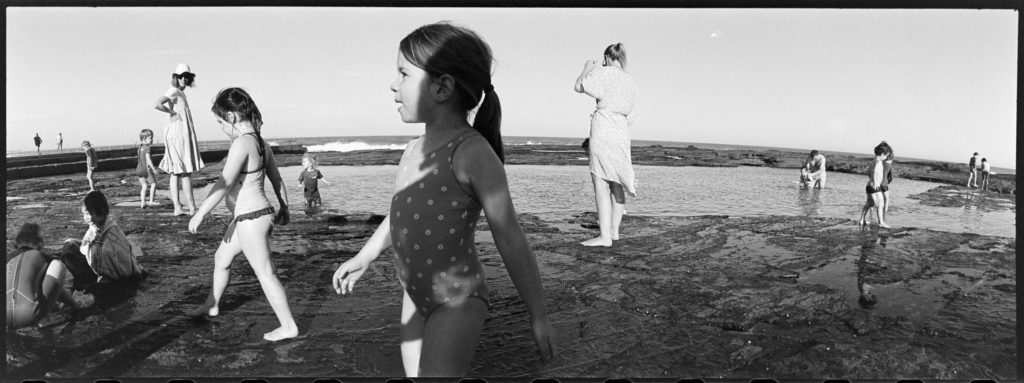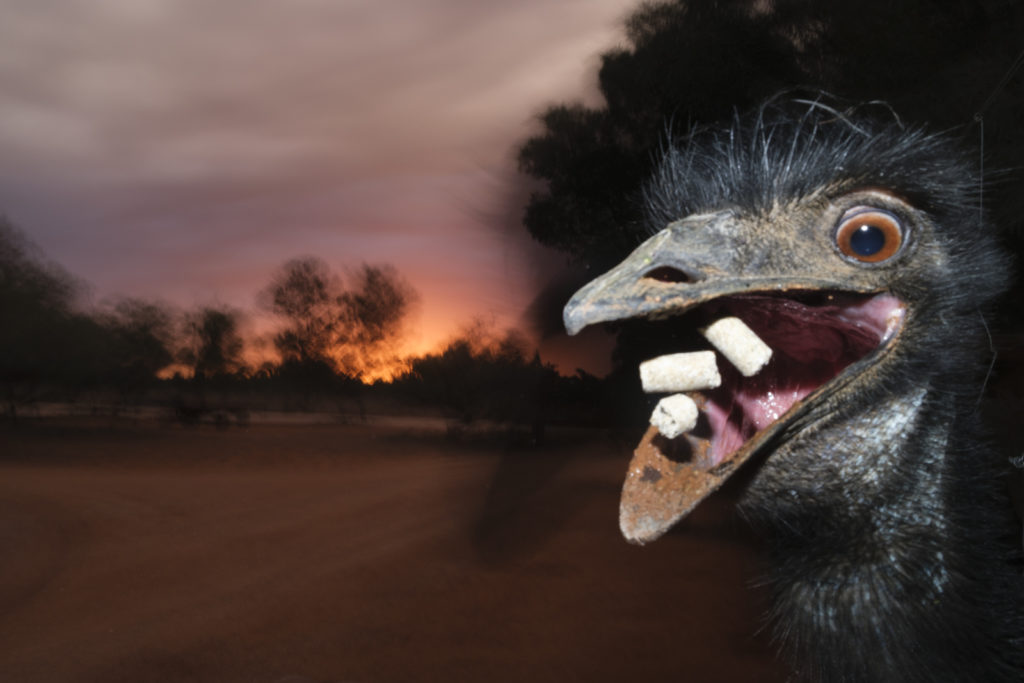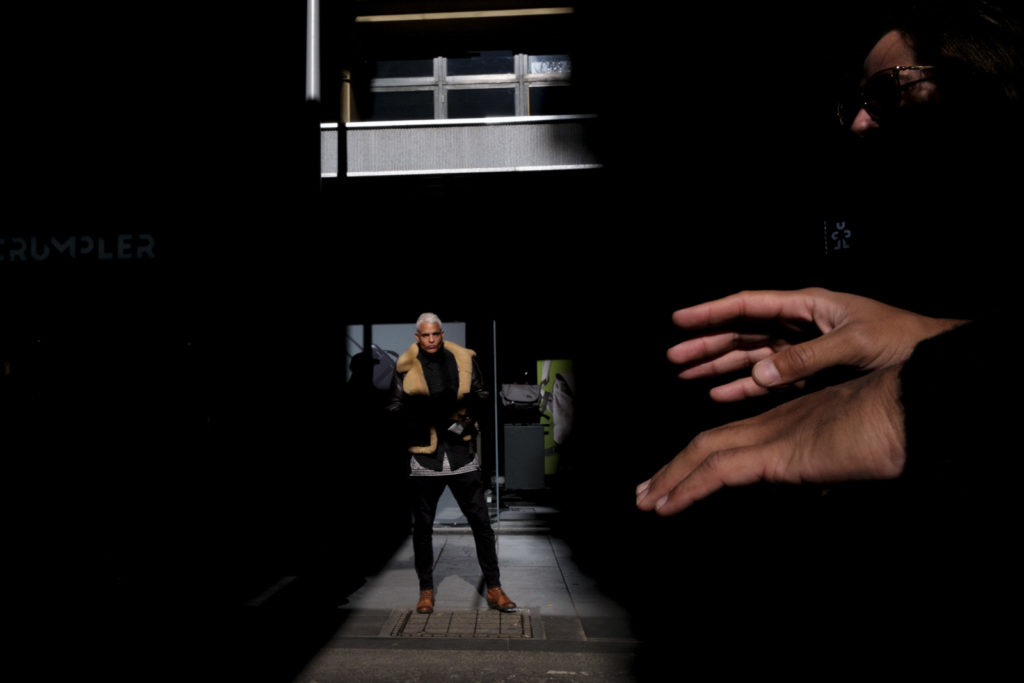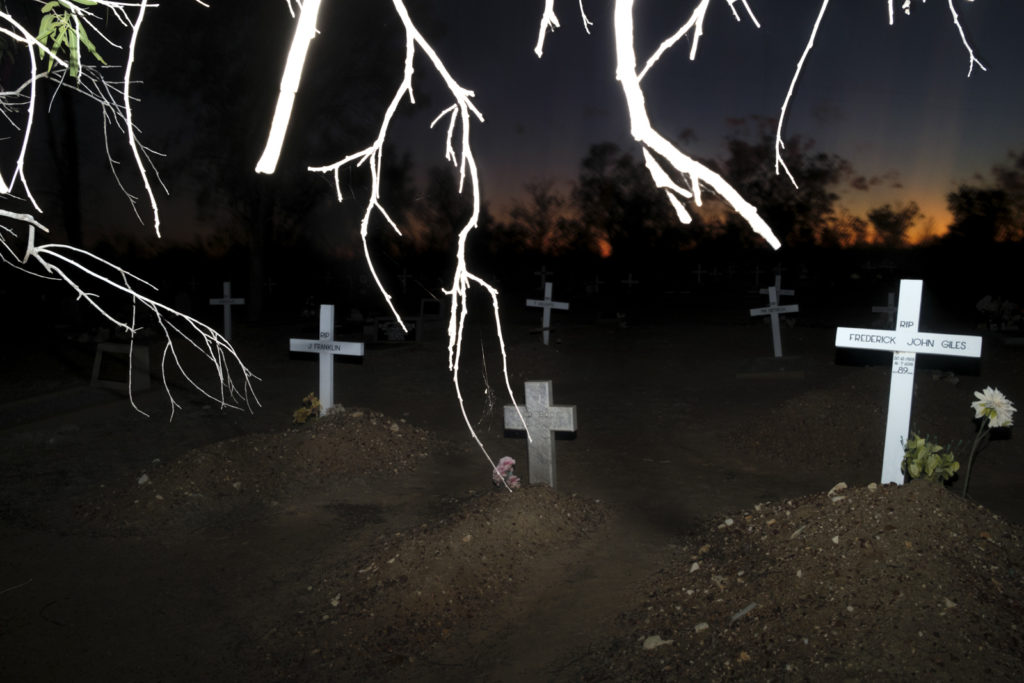Meg Hewitt:
Hi Julia, thanks for accepting our interview request. As a friend and fellow Australian, I have experienced first hand your passion for street photography and your energy and commitment to sharing the work of other woman photographers through the Unexposed Collective.
When and why did you take up photography? And how did Unexposed Collective come about?
Julia Coddington:
Thanks so much Meg (and the Women of UP) for inviting me to have a chat. Delighted to be part of this new format of UP interviews.
I’m often asked this question, and the answer is that I’ve always photographed. I’ve always been creative and interested in art and music, but growing up on a farming property in NSW I had little access to the arts until I headed off to boarding school in Sydney when I was 12. As a kid I had a Kodak instamatic and Polaroid camera and took lots of photos of family and friends. As a young traveller I took travel photos and as a mum of three kids I was the one behind the camera. I have boxes and boxes of photos of the kids. It was largely about collecting memories.
But when did I get the urge to take photos ‘creatively’? When did that intrigue in photography really kick in?
In the mid 2000s I started to look at things differently. That coincided with a marriage breakdown and separation. I gained more independence and more freedom to explore. Initially I focused on details in the environment, but then became more interested in taking photos of people, initially with an iPhone. Around that time I met Gerry, who had been a photographer early in his career, and photography was an interest we shared. It was at this point that the light really went on. I started to see the world around me differently, and gained a greater appreciation for the beauty of things, becoming more fascinated with people and the way they interacted. My obsession with street photography had begun!
And with that obsession, I became more curious about the absence of women in the street photography community. I discovered and joined the @womeninstreet community in 2016. It was wonderful to finally find like-minded women. In 2017 I was in India on a Maciej Dakowicz workshop with Rebecca Wiltshire. We both despaired about the low profile of women in street photography and determined to do something at the local level in Australia in an effort to find more women and build the community here. It was then that the idea for Unexposed was born and in January 2018 we started the group inclusive of female, non-binary and intersex photographers. Since then it has evolved into a close knit group. Rebecca and I have shared this commitment to exposing women street photographers and have had great support and encouragement along the way. Some may be critical of women-only groups, but it has helped build the confidence of women by providing safe and nurturing spaces, and helped raise our profile in the community. The effort has certainly been worth it!
Melissa O’Shaughnessy:
Thank you for doing this interview with us Julia!
Half the planet separates us but we share a similar photographic path, coming to street photography somewhat later in life, and after raising our children. How do you think this informs your work and your approach?
Perhaps your best known body of work is “The Pool,” a series of photographs brimming with energy and joy. Can you tell us about the place, and why it draws you back again and again?
Julia Coddington:
And thank you back Melissa! It’s a fun process so far.
As I mentioned in my response to Meg, my relationship ended after being with the same person since I was 18. I entered a new phase of my life and at the same time my children became more independent. I was no longer in the shadow of a career focused partner and I had a chance to rediscover myself and look at the world around me from a different perspective. I had been quite a shy and introverted person, but I underwent a profound midlife crisis and reemerged with more confidence. Along with having the experience of parenthood and life in general it was this newfound freedom and confidence that has had a major influence on my work and approach.
Having experienced parenthood I think we knowingly delight in the behaviour of kids and the interactions they have with each other and their parents. As a street photographer, I love watching people, but just adore watching kids at play and capturing their delightful little movements and interactions. As female street photographers we have the advantage of being able to do this. Many of my photos from the pool include children, and in particular, I try and capture the essence of their play and movement.
We are also both (slightly) older women, of a similar age and stature! And we both know we have a huge advantage as street photographers. We are invisible. I often describe it as having an invisibility cloak. No one sees us and we can go places others cannot. When I realised this, I gained even more confidence as a photographer. So this realisation has had a profound influence on my approach. It means I can get very close to people and to get right into the scene itself.
My main body of work is focused on the local sea pool close to where I live. I go there almost every day – not always to photograph. I often see some of the locals down there and have a chat. The pool and associated pavilion is the focal point of our little community and a place to run into people. It really is pretty special, and this is what keeps drawing me back – not just because it’s close by, but because it is a meeting place, a place to experience the sea and it’s beauty, and a place of peace and joy.
On a sunny summer day the pool is a Mecca for people from the western and southern suburbs of Sydney. It becomes a cultural melting pot and is teeming with people. This is my favourite time. People are so happy to be there and to be by the sea. They are just having so much fun. I love hanging out there for hours, and taking in all that energy and joy! It’s possible for me to photograph there because I am female. Most of the locals know me and enjoy looking at my photos.
During Covid the pool has been much quieter. But many of the municipal pools closed and people swam at the sea pools instead so there were still people around, and quite a few characters! My photos from last year are also quieter and more contemplative. I’ve also recently taken more photos with my panoramic film camera. They have completely different look and feel and it’s been a lot of fun to experiment.
Graciela Magnoni:
Hi Julia! Thank you for agreeing to do this interview with us. I hope to meet you in person in the near future. Seeing your work and the beautiful Australian light, I’m looking forward to visiting Australia soon! Living in Singapore, I’m not that far!
Your answers for Melissa and Meg’s questions reveal what photography has brought to your life at a later stage – a sense of freedom, confidence and happiness, and a positive way to engage with your environment.
How does self-motivation impact your work? Do you think self-motivation is essential in this genre to succeed, where very little assignments and opportunities are given? If yes, how do you keep self-motivated? How does a friendly community, online groups, and activities help? Is street photography a lonely activity for you or to the contrary?
Julia Coddington:
It’s my pleasure to do this interview Graciela! I very much hope to get to Singapore soon as my son is living there. But please also come down here for a visit!
Self motivation is essential in many areas of life, otherwise we don’t get much done! It is sometimes difficult for street photographers, who are often lone rangers. Staying motivated can be difficult for us at the best of times but has been even more difficult this last year with our inability to travel beyond our home territory. Some street photographers have been very quiet over this last year, but others have flourished, often through experimentation and a focus on more intimate and personal work. I have certainly struggled being stuck in the same place and finding inspiration has been a challenge.
An important aspect of street photography for me is the community. As street photographers we need people who intuitively understand each other and this strange activity we pursue. I have formed very close friendships with both women and men in the most unlikely of places – both in person and online. Although COVID has restricted photography and travel and kept the community apart physically, it has also brought us closer together in other ways. Platforms like Zoom have made group meetings and discussions possible that we would probably not have had before. Gerry and I have regular online catch ups with a group of street photography friends where we chat about our work and share projects. We also set a creative challenge for each meeting. That group has not only provided mutual support and great company but also helps us motivate and inspire each other.
Similarly, the wonderful community of female street photographers are always a source of inspiration. Working with, being around, and in contact with such wonderful people has certainly helped keep me motivated. I treasure the friendships and camaraderie in this special community. I also have a couple of close friends I love to meet up with on a regular basis. Street photographer Linda Maclean and I often stalk the streets of Sydney together and we also went on a little photographic road trip in December. Co-founder of the Unexposed Collective Rebecca Wiltshire is based in Perth but she and I chat often and she is also surrounded by a close-knit group of photographers there.
Rebecca and I have tried to keep things happening on Unexposed through the pandemic. We have regular weekly and monthly challenges to provide our members with inspiration and keep them active. It’s been a lot of fun and in spite of the difficulties people are facing we continue to build a supportive and friendly community. Our activity has had real world impact too – we curated two exhibitions last year which involved close to 200 women street photographers.
I am very fortunate to have a partner who is also a photographer and a constant source of inspiration and motivation. We bounce ideas off each other and share all things photography related, but I also occasionally have a preference to have my own space when shooting and traveling. Everything has slowed right down and we’ve both been a bit stuck with our work, but we have started shooting more film and processing and scanning it at home. We hope to head off in our camper van in April for a few months and have planned a collaborative project associated with that trip.
So no, street photography is not a solitary pursuit for me. But it is usually my preference to shoot alone, especially at the pool. I find it easier to get into my own space and it is my ‘zen’ time. That is the primary motivation for me as a street photographer and I relish it!
Alison McCauley:
Hi Julia, it’s exciting to have this opportunity to chat with you about your photography.
I get this incredible, high-octane energy from your photography. I think it’s partly the gorgeous Aussie light and the saturated colours but, mostly, it seems to come from the dynamic points of view and the lively juxtapositions of foreground and background. I would love to see you in action one day. I’m imagining some kind of balletic, weaving movements!
Could you describe a little how you photograph for us. I’m really interested to know if you’re constantly moving or waiting patiently or a combination. How long do you stay in one location? I love the way you get so close sometimes. It looks like you’re using a wide lens. I’m guessing a 28mm or a 24mm? Sorry to slip in a bit of gear talk!
Do you look for juxtapositions or has it become intuitive to you?
Julia Coddington:
Delighted to be doing this interview with you Alison and hoping one day we can meet in person.
I laughed when you described how you imagined me photographing! Weaving maybe, but my style is certainly not balletic. (My mother wanted me so much to be a ballet dancer like her, but my feet were just too big for the rest of me).
Like Melissa I have the very big advantage of being smaller than the average person. People do not notice me and I use invisibility to my advantage. So I’m able to get very, very close and sometimes even into people’s personal space. I’m also able to get lower down and spend a lot of time on my haunches.
I recently photographed a women’s march in Sydney where there were a lot of photographers with big cameras getting in my way. So I just photographed between their legs and crept around them. I remember photographing a very lively scene of people dancing and drumming in Varanasi, and another photographer physically pushed me out of the way. In response, and much to his surprise, I went down, under and around him. So yes, I guess I do weave, but with determination.
Those are examples of crowded situations (which I love), but in more usual circumstances when shooting on the streets I will walk and hunt for a scene and then stay in one place and work it for a while.
At the pool there are particular spots where I like to just hang out and wait. I either fish (or maybe lie in wait for something to come into my web!), or wander around, reflecting the relaxed atmosphere of the place in my movements. As I stay in one spot people get used to me being there, ignore me and then come closer…and closer…
So it’s a combination of moving around and staying in one spot. Sometimes I worry that I’ve moved from a spot too soon and that I’ve missed the shot but I’m much more patient and relaxed now and not as anxious about getting the shot. One will come eventually.
My favourite focal length is 28mm. I use a Fuji X100V with a wide adapter lens, but at the pool I use a Fuji X70 with a fixed 28mm lens. It’s a very small camera (like the Ricoh GR) which I love but it’s AF is slow so I use MF at a fixed distance. (Come on Fuji, please update it!)
I also have the 16mm lens (24mm equivalent) which I use on a Fuji XT-2. I love this lens and the field of view, especially in crowds, because it presents the perfect ‘filling the frame’ challenge. It also means I can get even closer. With all three cameras I shoot entirely in manual and set the focal distance. This simplifies things and also ensures I always get the depth of field I want.
Juxtaposing foreground and background elements is now intuitive, even when shooting in crowds. I first look for a clean background and then for elements within or in front of that background. Then I search for a foreground element.
In crowds I might find something interesting going on and then search for a foreground element. Part of the reason I love making photographs in India is because it’s the perfect place to get right in and amongst crowds, and you always find something interesting.
Julia Baier:
Hi Julia, it’s nice that we recently got to know each other more at the talk between the Unexposed Collective and the UP Women. I’ve been watching your great work for a while and also featured it in my UP Instagram takeover “The Big Splash” last year. Especially your work at the pool fascinates me, and not only because we obviously have the same favourite subject 🙂
Your pictures seem very balanced and well composed to me. Your cuts are unusual and often extreme, thus very exciting! To what extent do you still influence the pictures later on the computer by cropping? Or is it your ambition to take the pictures on location already in the right framing? And one more thing. Your colours seem very homogeneous and special. Do you do a lot to create this homogeneity later on the computer? Or do you just always wait for the same light or hour and therefore they are all from one cast? Could you imagine this series also in black and white? And what role does color play for you?
Julia Coddington:
It was so good to finally meet you on our recent Unexposed Zoom conversation with the GLUPs! And yes, we do seem to have a lot in common. Even our grandfathers shared the same name!
We are both also obviously fascinated with capturing people in watery places. For me it’s about the joy that being around water brings people. It’s also about their interactions and relationships with those places. As you know, the Austinmer pool near where I live is the focus of most of my work.
When you photograph at one place over a long period you become very familiar with the the way people use that space. The pool is a small place, but there are different locations that I like to focus on, and return to often. Because I’m so familiar with them, framing in camera for each of those locations has become instinctive and intuitive over time. That said, I continue to experiment with different ways of framing and love playing around with perspective so that I don’t get stuck photographing in the same way. I’ve also started experimenting with an underwater camera, which involves a completely different approach.
So yes, the composition of my images is largely done in camera. Occasionally I will straighten or crop images a little in post-processing, but I do that less and less. I find it much more of a challenge to frame as I shoot – to get it right, in-camera, and i don’t want to cheat myself out of that challenge.
I’m also incredibly lazy when it comes to post-processing, so I want to minimise what I need to do to an image after I take it.
Chopping off limbs, heads and trying to experiment with different ways of composing images is very much done intentionally. Using a hand or foot coming in from the side or the top of the frame, makes an image much more interesting and pushes the boundaries of more traditional composition.
The majority of my images are made in the afternoon with the sun behind me, ideally on a sunny day. I use the same settings on my camera. That is what produces the consistency in my work.
When I import my images into Lightroom I apply the Fuji Provia profile or the standard Adobe colour profile which is very similar. Occasionally I adjust the exposure and deepen the blacks a little, but that’s about it.
So yes, it’s very much about making images at the same time of the day to achieve that homogeneity.
Life at the pool is full of colour. The sky is a vivid blue and people are dressed in colourful swimsuits and play with colourful toys. My digital images are very much about capturing that colour.
Over the last 18 months I have begun experimenting with a panoramic film camera. Given the cost of film I have been using mostly black and white for that work, as Gerry and I can develop and scan that film at home. The panoramic work has a completely different look and feel to my usual work from the pool. It’s not quite as ‘punchy’ but it has that timeless quality of black and white film. I haven’t posted much of that work on social media yet.
Eléonore Simon:
Hi Julia! It’s always good to chat with you, thank you so much for taking the time! I do love the panoramic work that I have seen from you. It is not easy to fill the frame with panoramic images, but somehow you manage!
I was happy to see that you and your partner Gerry were finally able to head out on your long-awaited adventure, traveling for a few months. So I wanted to take this opportunity to wish both of you an amazing trip!
Can you tell me more about this trip and what you hope to get out of it, photographically and otherwise? Has the pandemic changed anything about your plans, from the itinerary to your outlook on travel?
You’ve mentioned earlier that you have a collaborative project planned for it, can you tell us more about it? Lastly, will you be sharing your experiences and photographs along the way so we can live vicariously through you? Otherwise, I’ll just wait patiently to discover the outcome of your adventures!
Julia Coddington:
Thanks Eléonore and of course always lovely to chat with you! We have known each other for a while now, have had the pleasure of meeting each other a couple of times and have also got to know each other well whilst working on the @womeninstreet team.
It has taken me a while to respond to this final question from the GLUPs! It has been quite a long journey, but a very pleasurable one and wonderful to get to know more about you all.
Gerry and I left home about 6 weeks ago and so far we’ve only made it as far as Victoria with a short trip down to Tasmania. We are now stuck in Melbourne while our camper van gets fixed. This is the third time the van has undergone intensive care and we have spent a small fortune on it. Enough to buy several new cameras! Probably even a Leica or two. So it has been an adventure so far, but not as we planned. As I sit here in our hotel room (courtesy of our insurance company as our van gets fixed) I have to tell you that so far our planned photographic adventure and project is at a standstill! Meanwhile, COVID cases in Melbourne are increasing so we might be stuck here for the foreseeable future. So Eléonore, you will have to wait a little longer to see the outcome of our adventures or live vicariously through us!
Fortunately we have managed to catch up with family and friends whilst we’ve been here in Melbourne and reconnected with the street photography community, particularly the members of the Unexposed Collective – a beautiful bunch of people.
Gerry and I have also managed to get a collaborative project underway. It’s not a street photography project, but more of a personal project and tells a little story about our adventure together.
My panoramic camera is still in its bag and I haven’t taken many photos with it yet. I’m still hoping to get inspired, but inspiration is coming slowly. But that is the way with all creative projects. The ratio of the panoramic camera is a challenge to work with. It takes a lot of practice to fill the frame and quite a bit of effort to hold the camera level to avoid a warped horizon (although the warping can add interest!).
Assuming we can leave Melbourne we will head north to Queensland where the weather is warmer. We want to explore the agricultural shows which are held there during the cooler months. That of course depends entirely on the Queensland border remaining open.
I have always wanted to do a photographic project based on agricultural shows in Australia. As a kid growing up in the country, the local agricultural show has always held a special place in my heart. My grandmother was the local show president and my mother was actively involved as well. When I was young I enthusiastically entered all the competitions – art, photography, cooking, flower and fairy garden competitions. The shows have not changed much over time and in fact life in those rural areas has not changed much either. When I visit my relatives who still live in the community I grew up in, their lives and little rituals are much the same.
I have a couple of other ideas for projects but it will depend very much on where we manage to get to and whether my creative juices start to flow.
It’s been an interesting experience trying to work on projects whilst traveling and constantly moving which has made it incredibly difficult to get into the photographic zone. I really admire people like Meg who can just land in a place, meld into it and find something or someone interesting to photograph. Taking in a place in an instant can be overwhelming and it requires practice and experience to be able to get there quickly. Traveling in more remote places in Australia where there are fewer people and less happening also requires a complete mental shift and a different way of seeing. It becomes much more about the landscape, the quirky human elements within it, and the light – and requires a complete change of gears to slow right down.
Postscript: As I end this journey with the GLUPs, I’m happy to say we managed to leave Victoria just in time and are now traveling around NSW, our home state. Although we haven’t been able to leave the country throughout the pandemic, we have been fortunate to have some freedom to travel at home. It has been a special time for Gerry and I, exploring the beautiful places this country has, as well as just hanging out and enjoying each other and this journey we are experiencing together.
